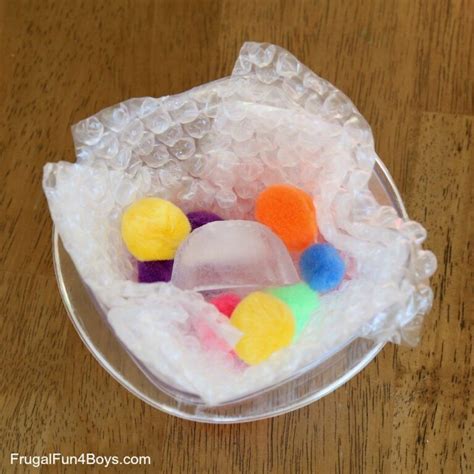How Do Ice Sculptures Not Melt
Ronan Farrow
Mar 27, 2025 · 3 min read

Table of Contents
How Do Ice Sculptures Not Melt? A Deep Dive into Preservation Techniques
Ice sculptures, with their breathtaking beauty and ephemeral nature, are captivating works of art. But how do these intricate creations manage to survive, even for a short time, in temperatures that would quickly melt a regular ice cube? The answer lies in a combination of factors, ranging from clever design to advanced preservation techniques. Let's explore the secrets behind keeping ice sculptures frosty and stunning.
Understanding the Melting Process
Before we delve into preservation, it's crucial to understand what causes ice to melt. Simply put, heat transfer is the culprit. Ice melts when it absorbs enough heat from its surroundings to overcome its melting point (0°C or 32°F). This heat can come from several sources, including:
- Ambient air temperature: The warmer the air, the faster the ice melts.
- Sunlight: Direct sunlight delivers a significant amount of heat, accelerating the melting process considerably.
- Conduction: Heat can transfer from warmer surfaces in contact with the ice sculpture.
- Convection: Air currents can carry heat towards the ice, speeding up melting.
Techniques for Prolonging the Life of an Ice Sculpture
Sculptors employ several clever strategies to slow down the inevitable melting process:
1. Strategic Placement and Environment Control:
- Low ambient temperature: The most effective way to slow melting is to keep the sculpture in a cold environment. This could be a refrigerated room, a cool outdoor space at night, or even a location with a naturally lower temperature.
- Shade from direct sunlight: Keeping the sculpture out of direct sunlight is critical. Even on a relatively cool day, direct sunlight can significantly accelerate melting.
- Minimizing air circulation: Reducing drafts and air currents helps to limit heat transfer to the sculpture. This could involve strategically placing fans to direct air away from the sculpture or creating a protective barrier around it.
2. Material Selection and Sculpture Design:
- High-quality ice: The clarity and density of the ice itself can impact its melting rate. Clear, dense ice will typically melt slower than cloudy or porous ice. This is because impurities and air bubbles can accelerate melting.
- Thick ice blocks: Larger, thicker blocks of ice possess a greater thermal mass, meaning they take longer to absorb enough heat to melt. This is why sculptures carved from substantial blocks tend to last longer.
- Sculptural design: The shape and design of the sculpture can influence its melting rate. Sculptures with less surface area exposed to the environment will naturally melt slower. Intricate, delicate designs will tend to melt faster due to increased surface area.
3. Advanced Preservation Methods:
While less common, some advanced techniques can extend the lifespan of an ice sculpture. These methods are typically only employed for large, highly valuable installations and require specialized equipment:
- Freezing solutions: Adding specific solutions to the water before freezing can slightly lower the melting point of the ice, albeit marginally.
- Insulation: Covering the sculpture with a thin layer of insulating material can slow down the transfer of heat.
- Refrigeration systems: Sophisticated refrigeration systems can maintain a consistently cold environment around the sculpture, dramatically slowing melting.
Conclusion: The Art of Preservation
Ice sculptures are a testament to artistry and ingenuity. Their temporary nature adds to their allure, but understanding the science behind melting and implementing appropriate preservation techniques can help extend their captivating presence, allowing others to appreciate their beauty for as long as possible. Remember, the key to successful ice sculpture preservation lies in a strategic combination of environment control, material selection, and design considerations.
Featured Posts
Also read the following articles
| Article Title | Date |
|---|---|
| How Big Is 3x5ft | Mar 27, 2025 |
| How Long Does Lmc Truck Take To Ship | Mar 27, 2025 |
| How Did Paul Erling Johnson Die | Mar 27, 2025 |
| How Audacious Siberian Iris | Mar 27, 2025 |
| How Is A Septic Tank Pumped | Mar 27, 2025 |
Latest Posts
Thank you for visiting our website which covers about How Do Ice Sculptures Not Melt . We hope the information provided has been useful to you. Feel free to contact us if you have any questions or need further assistance. See you next time and don't miss to bookmark.
